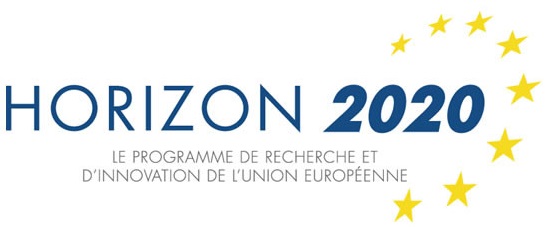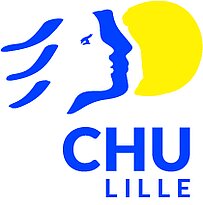University of Lille [ULille]
The University of Lille (ULille) created in 2018 from the fusion of three Universities has more than 70 000 students, 65 Associated or Joint Laboratories, 7000 employees, and participation in > 100 European research projects, is in the top 3 biggest French public universities in terms of size.ULille has been certified under the French State’s “Plan campus”, a scheme designed to create 12 campuses of excellence with the support of the local authorities. The Institut d’Electronique, de Microélectronique et de Nanotechnologie (IEMN) is one of the research institute of excellence of the ULille created for designing, fabricating and characterization of devices.. Since 2015 it hosts the NanoBioInterfaces (NBI) group having a vast experience in the generation and modification of nanostructures for biomedical applications including transdermal drug delivery, photothermal ablation of the pathogen, interfering with attachment of virus to cells as well as the construction of biosensors. The team has notably been using surface plasmon resonance (SPR) sensing over more than 10 years notably for the construction of biological sensors.
Publications related to Cordial-S
- Surface Plasmon-Enhanced Fluorescence Spectroscopy on Silver Based SPR Substrat
L. Touahir, A. Tobias. A. Jenkins, R. Boukherroub, A. C. Gouget-Laemmel, J.-N. Chazalviel, J. Peretti, F. Ozanam, S. Szunerits
Journal of Physical Chemistry C 2010, 114, 22582-22589 - Surface Plasmon Resonance-based biosensors: from the development of different SPR structures to novel surface functionalization strategies
E. Wijaya, C. Lenaerts, S. Maricot, J. Hastanin, S. Habraken, J.-P. Vilcot, R. Boukherroub S. Szunerits
Current Opinion in Solid State and Materials Science 2011, 15, 208–224 - Recent advances in the development of graphene bases surface plasmon resonance (SPR) interfaces
S. Szunerits, N. Maalouli, E. Wijaya, J.-P. Vilcot, R. Boukherroub
Analytical Bioanalytical Chemistry 2013, 405, 1435-1443 - Lysozyme detection on aptamers functionalized graphene-coated SPR interfaces.
P. Subramanian, A. Lesniewski, I. Kaminska, A. Vlandas, A. Vasilescu, J. Niedziolka-Jonsson, E. Pichonat, H. Happy, R. Boukherroub, S. Szunerits
Biosensors and Bioelectronics 2013, 50, 239-243 - Surface Plasmon Resonance (SPR) for the evaluation of shear force dependent bacterial adhesion.
O. Zagorodko, J. Bouckaert, T. Dumych, R. Bilyy, I. Larroulet, A. Yanguas Serrano, D. A. Dorta, S. G; Gouin, S.-O. Dima, F. Oancea, R. Boukherroub, S. Szunerits
Biosensors 2015, 5, 276-287 - Mucin modified SPR interfaces for studying the effect of flow on pathogen binding to Atlantic salmon mucins.
J. T. Padra, Q. Pagneux, J. Bouckaert, R. Jigie, H. Sundh, R. Boukherroub, S. Szunerits, S. J. Lindén
Biosensors and Bioelectonics, 2019, 146, 111736
People involved in CorDial-S

- Sabine SZUNERITS: Coordinator of CorDial-S-Professor ULille-Biosensing
- Rabah BOUKHERROUB: CNRS Director-Group Leader of NBI-Surfac Chemistry
- Alexandre BARRAS: CNRS Engineer-Organic Chemistry
- Quentin PAGNEUX: CNRS Engineer-Sensind and Particles Modification
- Hiba SAADA: Post-doctoral student-Clinical testing of SPR
- Dhruv TYAGI: Post-dotoral student-Plasmonic nanostructures








